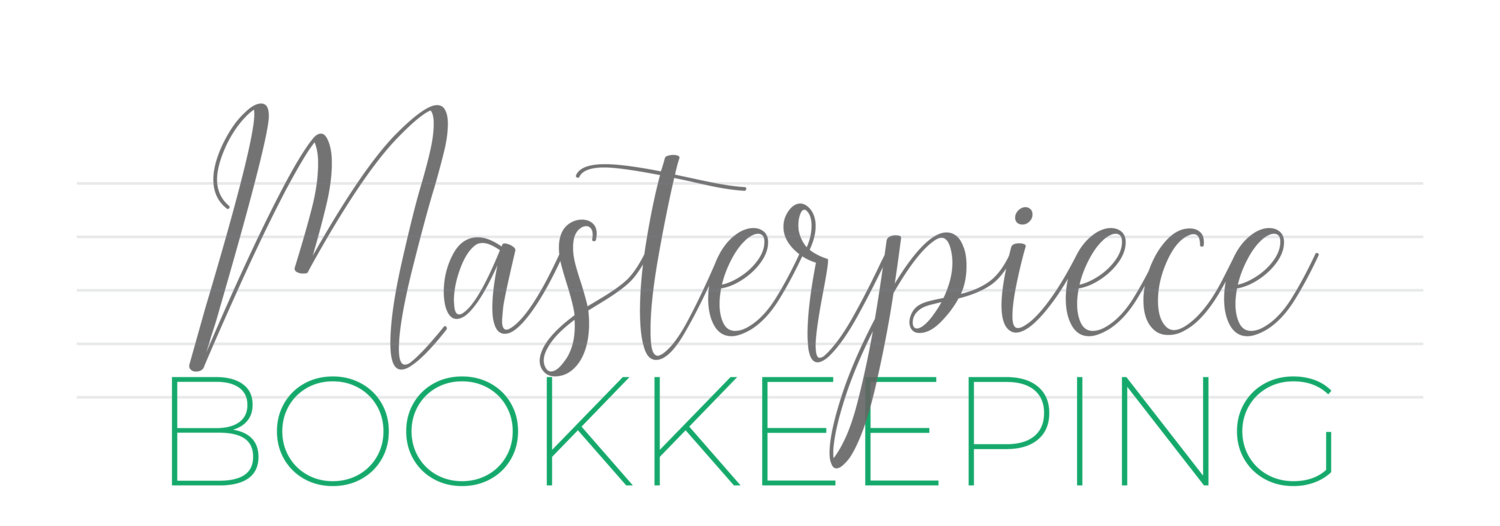How do you even start?
Setting goals, especially revenue goals, can sometimes feel like plucking a number out of thin air. Should you do it based on percentage growth? Should you “go for it” and try to double or triple? A goal should be a stretch, but also realistic. How do you know if that’s true for the goal you set? These questions can be frustrating, especially for young businesses that don’t have years of history to help figure out trends.
Here’s the secret: you should actually set three goals. And then spend some time fleshing them out.
Three Goals for Success
The thing is, there’s so much that can happen in business that’s simply unpredictable. None of us has a crystal ball. You could get a giant contract or hit marketing gold and have a growth spurt. On the other hand, you could sustain a physical disaster or have to deal with health issues for you or your team. Things will happen that you won’t see coming. (2020, anyone?) This is why you should set three goals.
Goal #1: This is your BHAG. This is your pie in the sky, everything goes amazingly well, big stretch goal. It will be time to pop the champagne when you hit this one.
Goal #2: This is your realistic goal. It’s a bit of a stretch, but you should be able to hit this one without a string of happy luck. You’ll be pleased with ending up here. Most years, this is what will be closest to actuality.
Goal #3: This is your minimum acceptable goal. This is when the $#*! hits the fan and you’re in survival mode. If you don’t hit this goal, you’re going to need to reevaluate your business.
Having these three goals allows you to adjust throughout the year. When you look at how you’re doing vs your goals, it will become clearer as the year goes on which goal you’re tracking to hit. And since you’ve thought about all of these scenarios, it will be much easier to make the necessary adjustments.
Flesh Them Out
Revenue goals aren’t going to help you much if you set them and forget them. Here’s how you can take your goal setting to the next level.
Break those goals down by month, taking into account any seasonality and growth. Most often, you’ll have less revenue in January than December if you’re growing steadily.
Where is that business going to come from? How much do you need to sell to reach those numbers? Figure out how many sales/clients, calls, and leads it will take each month.
You sold all of these clients, now you have to serve them! Think about what these sales mean for operations. How much of your time will it take? Will you need to offload other things? Will you need to add to your team? How do you get all of those resources together?
This is a good exercise to do for each of your three goals. It really gets you thinking about your business and how you’re going to deal with the coming year - no matter what happens.
A Couple Bonus Tips
Once you have your main revenue goal and have fleshed it out, don’t focus on the year as a whole. If you think of it as a yearly goal, the temptation to coast in the beginning of the year because you “have time” is real, and you may not even realize it’s happening. Schedule time to review your goals every month. Many people find making quarterly strategic plans are the sweet spot between too short and too long. Experiment and figure out what works for you.
I’d also be remiss if I didn’t include a note about profit. It doesn’t matter how much you make if you don’t keep some of it! Profit planning isn’t the subject of this post, but it is vitally important. How much are you paying yourself? How much is going to be profit? You simply cannot spend everything you make and have a viable business long term. A great exercise for this is to do cash projections, where you predict what all of your expenses will be to support your revenue goals. This gives you a framework to use throughout the year and keep your spending in check.
Stop setting goals you’re not sure about - go through the exercises to know what you need to hit them. And while you’re at it, set two more! You’ll feel much more prepared for the coming year.

